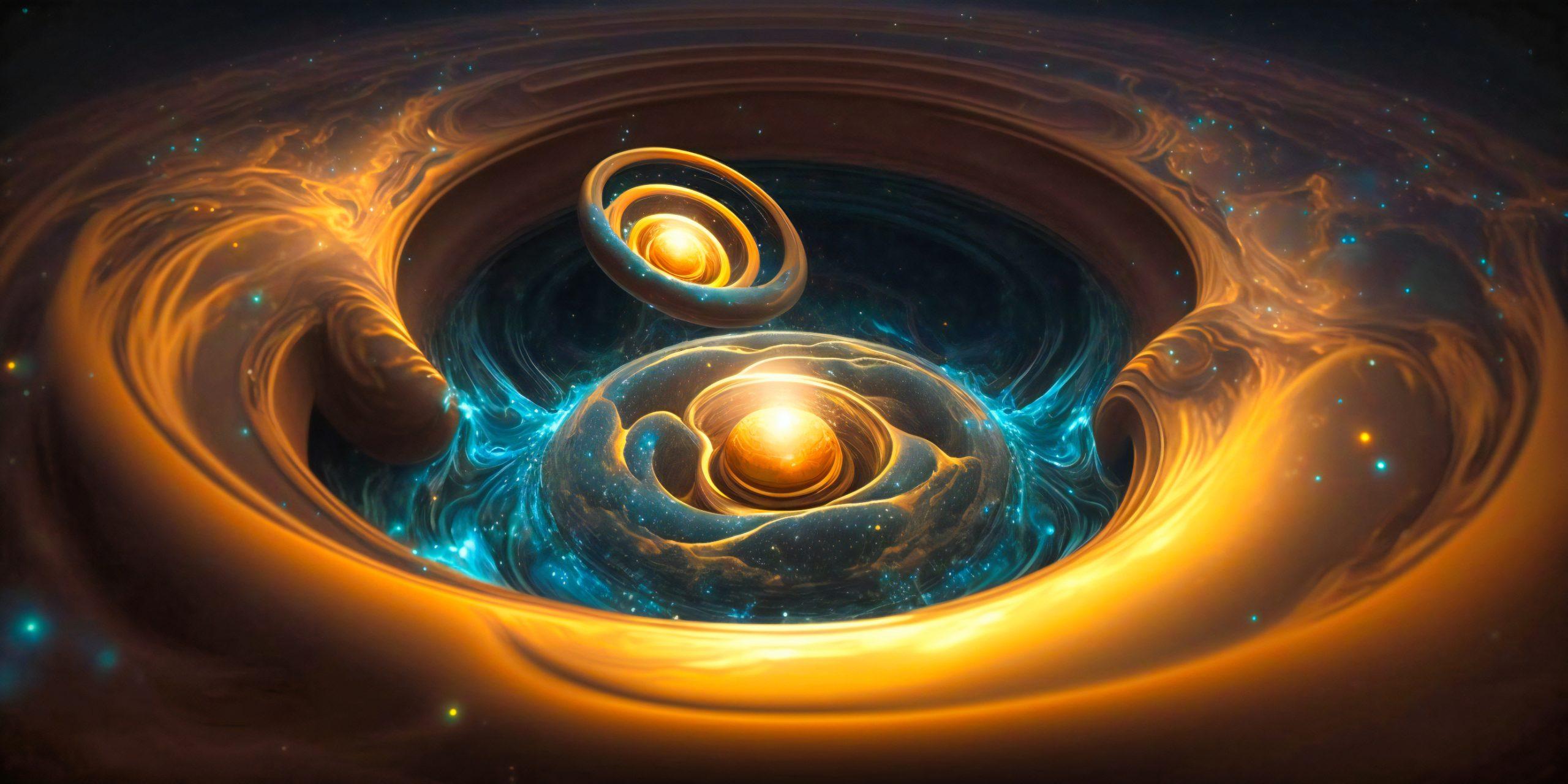
Bridges-2 Simulations Show Specific Heat Effect that, with New Telescopes, Will Give Clues on Condensed Matter, Atomic Nuclei
You can’t get much more dramatic than smashing two ultra-dense stars into each other. But these mergers, while fascinating in their own right, can also teach us a lot about how matter anywhere behaves at extreme pressures and temperatures. For example, neutron stars, whose matter is so condensed that a teaspoon of it weighs 10 million tons, are in effect giant atomic nuclei. Penn State’s David Radice, working with an international collaboration, used PSC’s Bridges-2 and computers at the U.S. Department of Energy to simulate mergers of neutron stars. They found that increasing the specific heat of the neutron-star material — its ability to absorb energy from increased temperatures — makes the resulting merger colder and more dense. The findings are promising for future research: The effects are imprinted in the gravitational-wave signal from the resulting remnant of the merger. Because of that, next-generation gravitational wave experiments, such as the proposed Cosmic Explorer, should be able to detect them. Scientists can then use the information to narrow down possible theories for how atomic nuclei behave.
